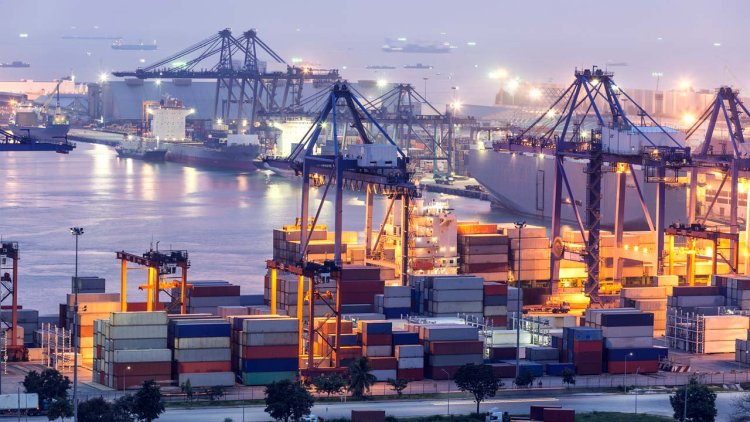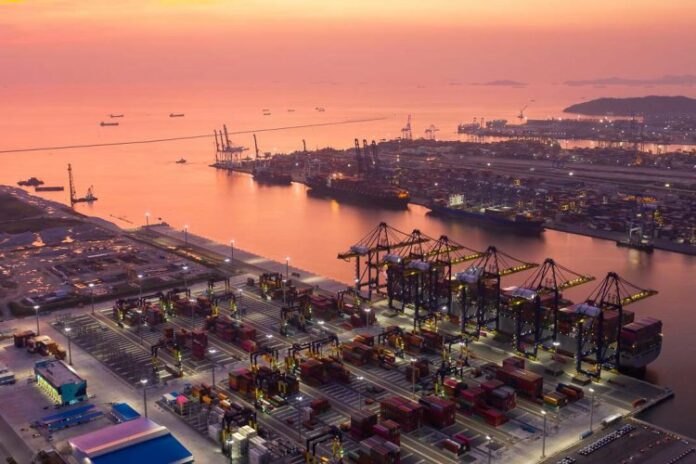A Norwegian consortium comprised by four local players, PSW Power & Automation, Westgass Hydrogen, CCB and H2 Production, has been established to provide a high-capacity hydrogen-based shore power solution to the maritime sector.
The maritime sector is under pressure to decarbonize its operations. Supply boats, cruise ships, drilling rigs and fish farms have a high requirement for electricity – each can consume the equivalent of the power requirement of 400-500 houses for their on-board operations. Currently, they rely heavily on diesel generators.
Connecting to onshore power supply when docking at shipyards is a preferred solution to reduce emissions. CCB are a leading provider of shore power facilities to the maritime sector. However, they face significant challenges in meeting demand due to capacity constraints in the electricity grid.
Jan-Dagfinn Lund, CEO at CCB, says:
“It is important that ports across the country offer zero-carbon solutions to the maritime sector. Shore power can be a quick and easy win, and we want to provide clean energy to our customers. However, grid capacity is an issue – there is simply not enough to satisfy megawatt scale demand. We need to speed up this work to reach the goals that have been set.”
PSW’s solution is designed with flexibility, reliability and safety in mind. It caters for the high capacity needs of major actors in the sector, for example supply boats, cruise ships, drilling rigs and fish farms. It works by using clean hydrogen to drive fuel cell generators, which in turn generate high-capacity electricity.
Eirik Sørensen, General Manager at PSW Power & Automation, says:
“This supply of electricity can then be integrated into existing grid connected facilities, or work on a standalone basis for a complete off-grid offering. The system generates no pollutants, with its only other outputs being steam and heat. This solution is the first of its kind in a commercial setting. A major milestone was to ensure we adhere to the highest safety and reliability standards.”
Havila Foresight, a platform supply vessel chartered by Equinor, were charged during the demonstration event], which attracted key stakeholders across the value chain to witness the zero-emission offering.

A key component to deliver a complete end-to-end set up across Norway is the supply and distribution of clean hydrogen supply itself. Westgass is developing a country-wide network to safely and reliably deliver clean hydrogen wherever and whenever it is needed.
Kinar Kent, CEO of Westgass, says:
“The energy transition needs to be convenient for end users. And it has to make commercial sense. As an energy company, it is our responsibility to make this happen through competitive sources of clean hydrogen in a safe and reliable manner. We have to handle all the supply chain complexities and risks so customers can make an easy switch. Of course, this is not a simple challenge, but we have done our part to show we are ready. We now need the right levels of commitments from clients and government stakeholders for a full-scale rollout.”
Future clean hydrogen supply to Ågotnes will come from H2 Production’s Energy Park in Øygarden. This will be one of several important green establishment that occurs in the Energy Park as a consequence for hosting the CCS facility within Norway’s largest climate investment through the project “longship”.
Ronny Haufe, CEO at CCB Energy and H2 Production, says:
“The Energy Park is a unique location and an important industry hub to ensure a complete and sustainable value chains within green industries, as well as local solutions. We are creating a production and distribution hub for future users of hydrogen and hydrogen/energy carriers for industries to achieve the lowest possible carbon footprint and contribute to reaching their climate goals.”



